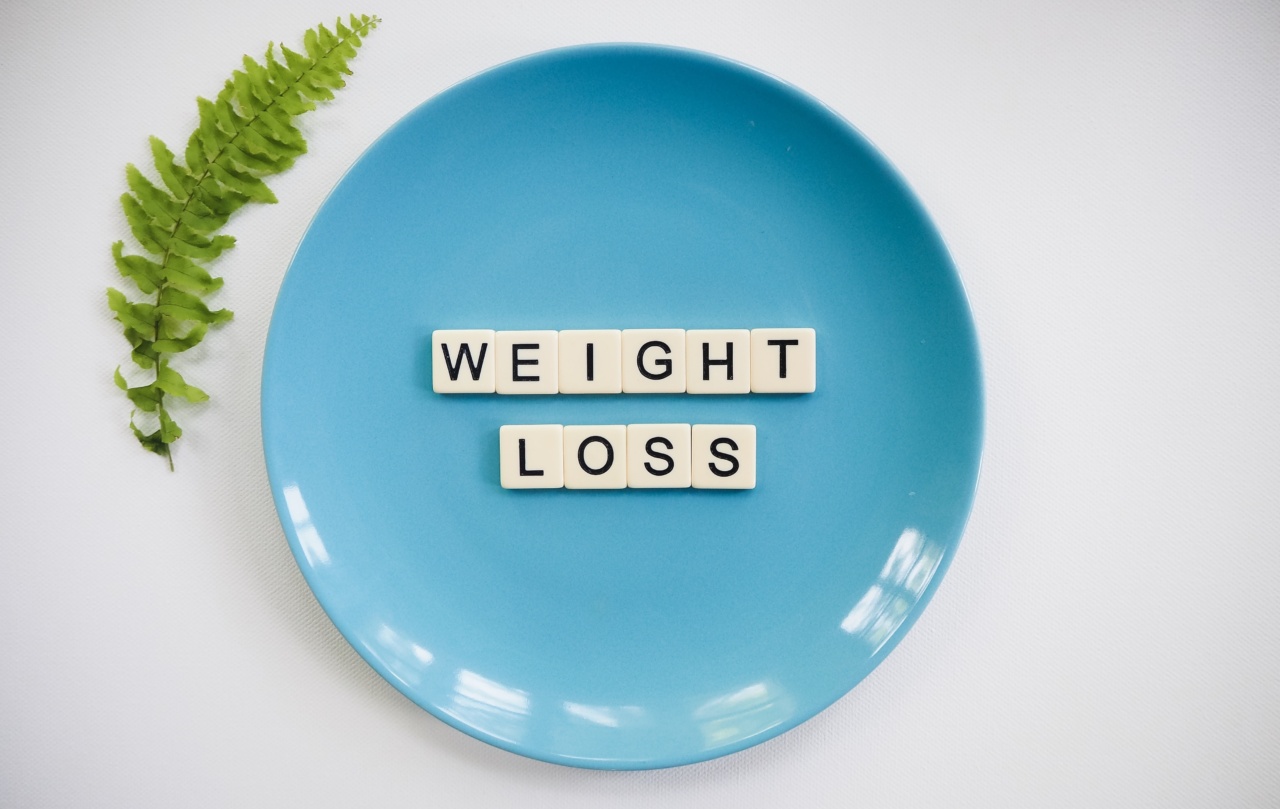As spring approaches, many people start thinking about getting in shape for the warmer months ahead.
If you want to shed those extra pounds and feel confident in your favorite summer clothes, incorporating these diet tips into your routine can help you get fit for spring.
1. Eat a Balanced Diet
One of the most important aspects of getting fit is to eat a balanced diet. Focus on including a variety of whole foods in your meals, such as fruits, vegetables, lean proteins, and whole grains.
These foods provide essential nutrients while keeping you satiated throughout the day. Avoid excessive consumption of processed foods, sugary snacks, and refined grains, as they can contribute to weight gain and poor health.
2. Practice Portion Control
Portion control plays a significant role in maintaining a healthy weight. Even if you’re eating nutritious foods, consuming large portions can lead to overeating and weight gain.
Be mindful of your portion sizes, and try using smaller plates or bowls to trick your mind into feeling satisfied with less food. Additionally, listen to your body and stop eating when you feel comfortably full.
3. Stay Hydrated
Drinking enough water throughout the day is essential for overall health and can support your weight loss efforts. Often, thirst is mistaken for hunger, leading to unnecessary snacking. Stay hydrated by drinking at least 8 glasses of water every day.
Additionally, you can incorporate herbal teas or infuse your water with fresh fruits for added flavor.
4. Choose Lean Proteins
Protein is an important nutrient when it comes to weight loss and muscle recovery. Incorporate lean sources of protein, such as chicken breast, fish, tofu, Greek yogurt, and legumes, into your meals.
Including protein in your diet can help curb hunger, boost your metabolism, and preserve muscle mass while losing weight.
5. Include Healthy Fats
Contrary to popular belief, not all fats are bad for you. Healthy fats, such as avocados, nuts, seeds, and olive oil, are essential for proper bodily function and can even aid in weight loss.
These fats provide satiety and help absorb fat-soluble vitamins. Just remember to consume them in moderation as they are calorie-dense.
6. Reduce Added Sugar
Excessive sugar consumption can contribute to weight gain, increased risk of chronic diseases, and energy crashes. Minimize your intake of sugary beverages, desserts, and processed snacks.
Instead, satisfy your sweet tooth with naturally sweet foods like fruits or opt for healthier alternatives such as stevia or monk fruit extract.
7. Plan Your Meals
Meal planning can be a great tool to stay on track with your diet. Take some time each week to plan your meals and snacks, considering your caloric needs and dietary preferences.
By having a plan in place, you’re less likely to rely on unhealthy last-minute options or give in to cravings.
8. Prioritize Fiber-Rich Foods
Fiber not only helps keep your digestive system healthy but also aids in weight management. High-fiber foods such as fruits, vegetables, whole grains, and legumes increase satiety and can help control your appetite.
Aim to include a variety of fiber-rich foods in your diet, and gradually increase your fiber intake to avoid digestive discomfort.
9. Be Mindful of Emotional Eating
Emotional eating can be a major obstacle to reaching your fitness goals. Pay attention to your emotions and identify any triggers that lead to unhealthy eating habits.
Find alternative ways to cope with stress or negative emotions, such as practicing mindfulness, meditating, going for a walk, or engaging in a hobby.
10. Stay Consistent and Flexible
Consistency is key when it comes to achieving and maintaining a healthy lifestyle. However, it’s also important to be flexible and allow yourself some indulgences from time to time.
Completely depriving yourself of your favorite treats can lead to feelings of restriction and ultimately result in binge eating. Practice moderation and find a healthy balance that works for you.




























